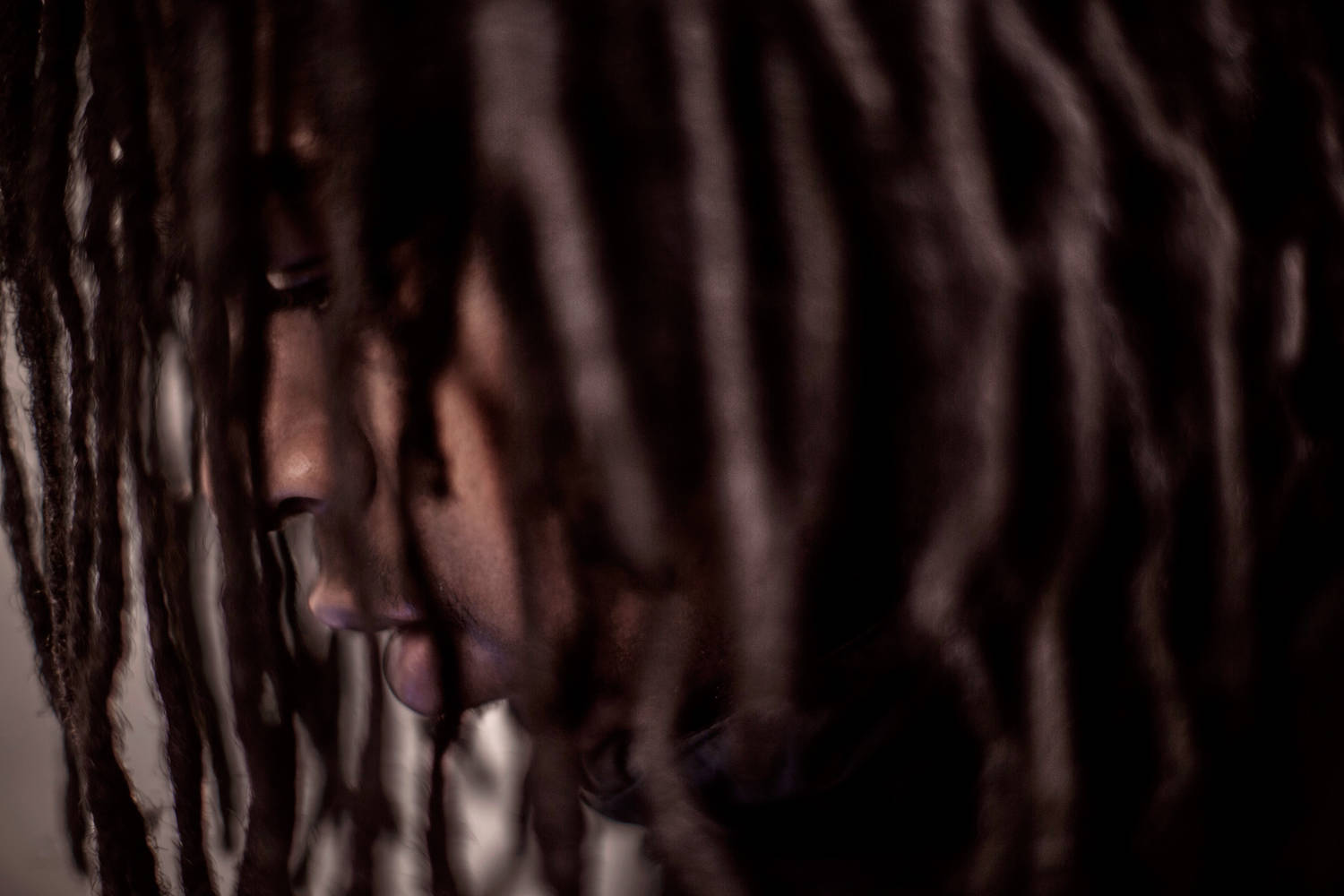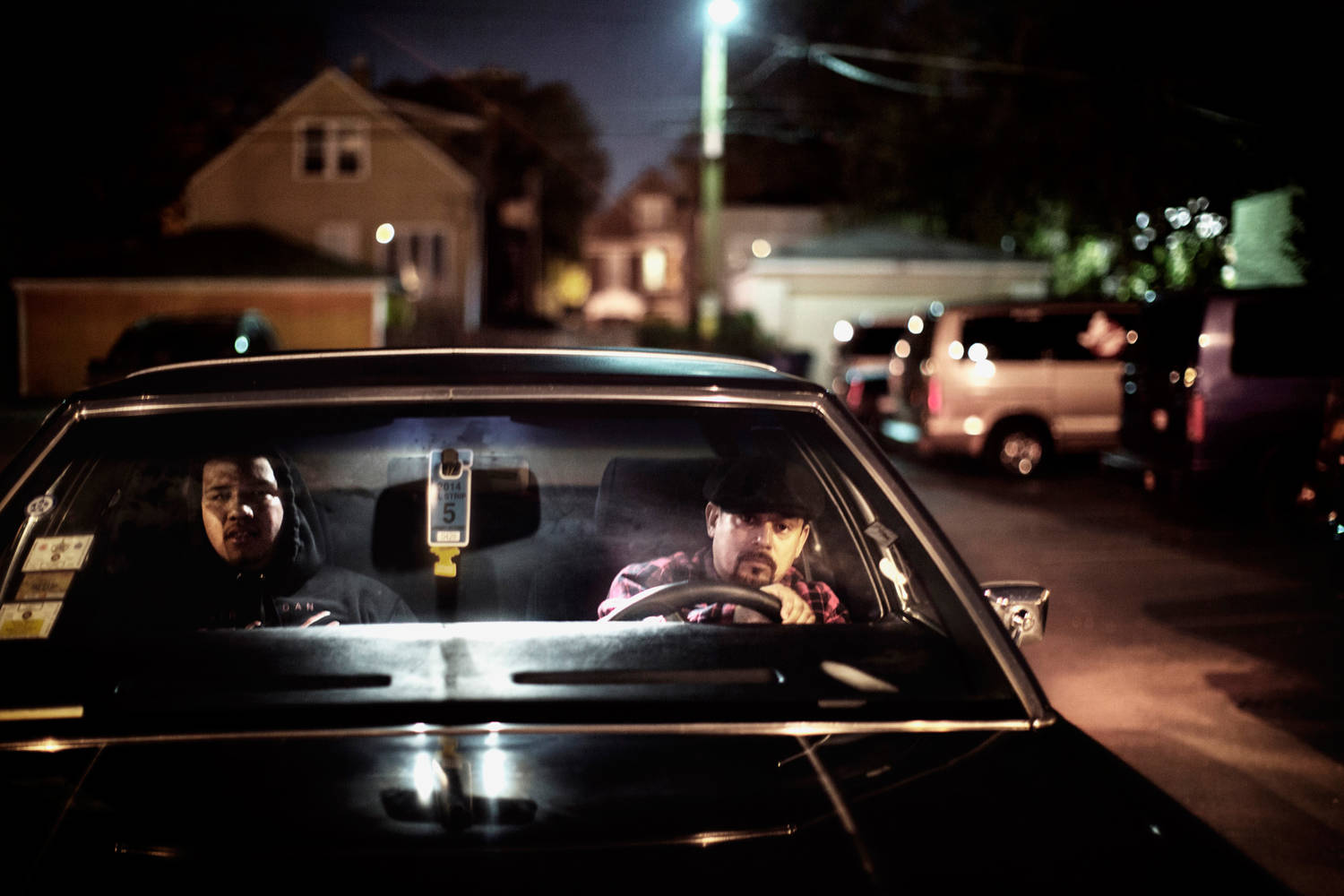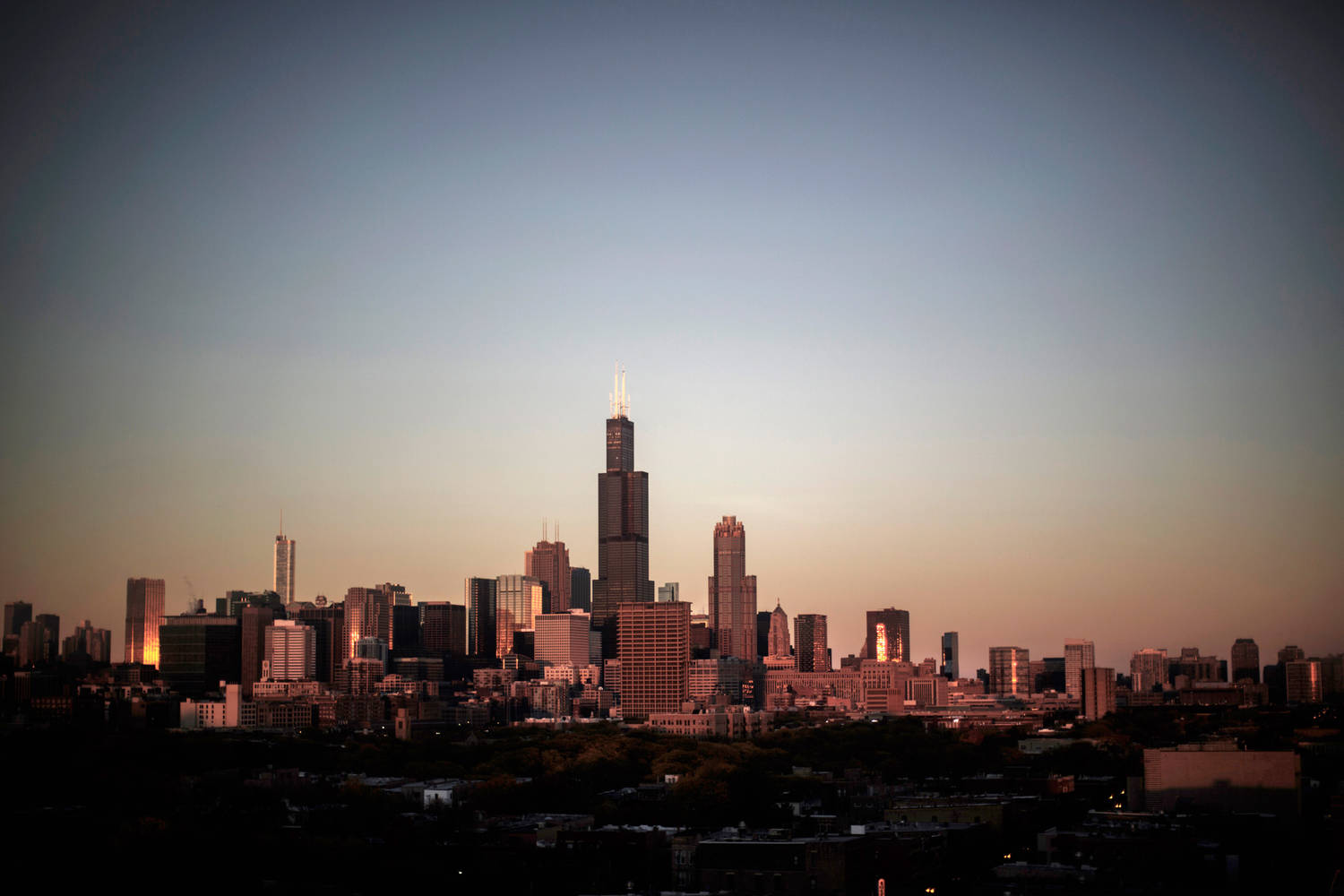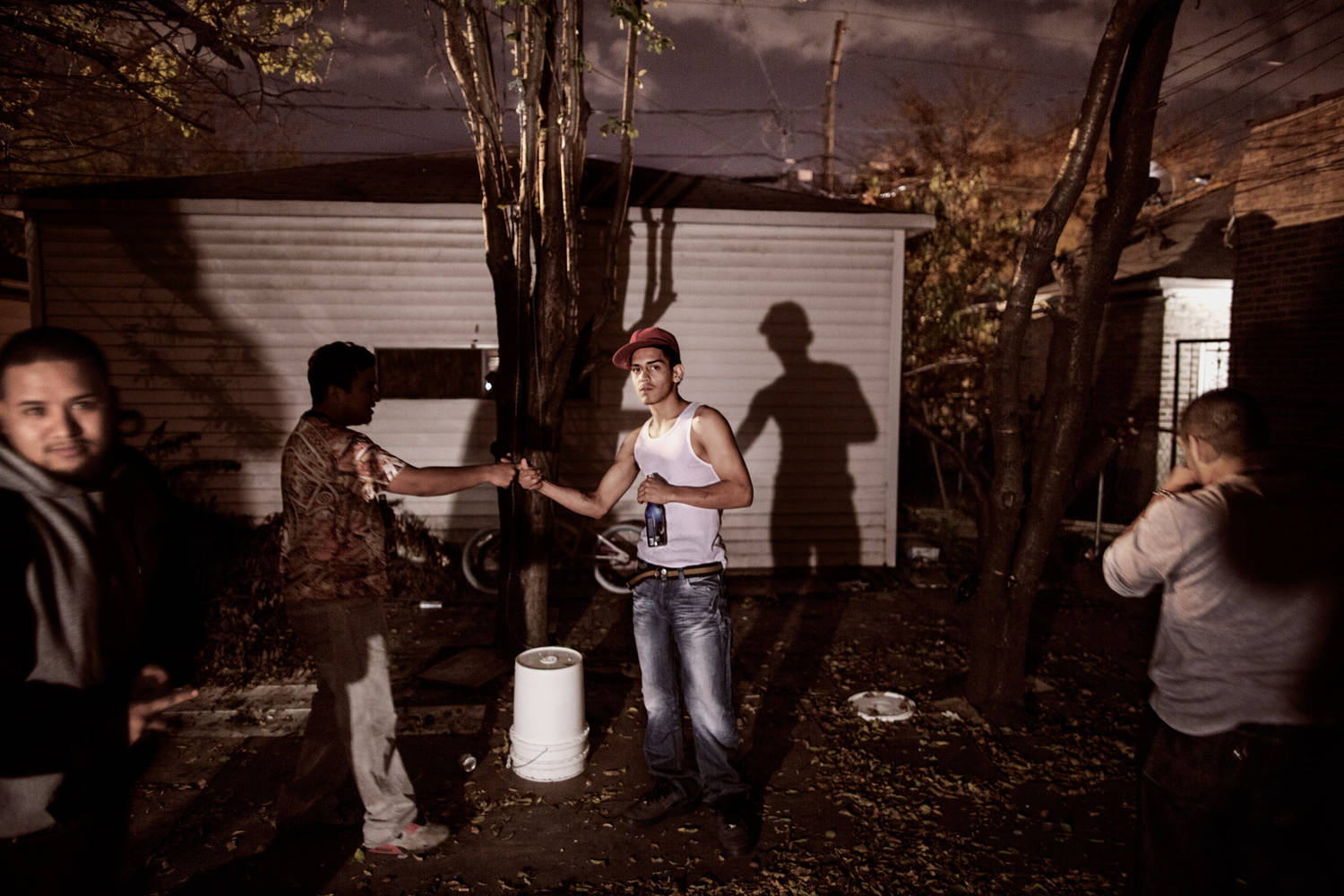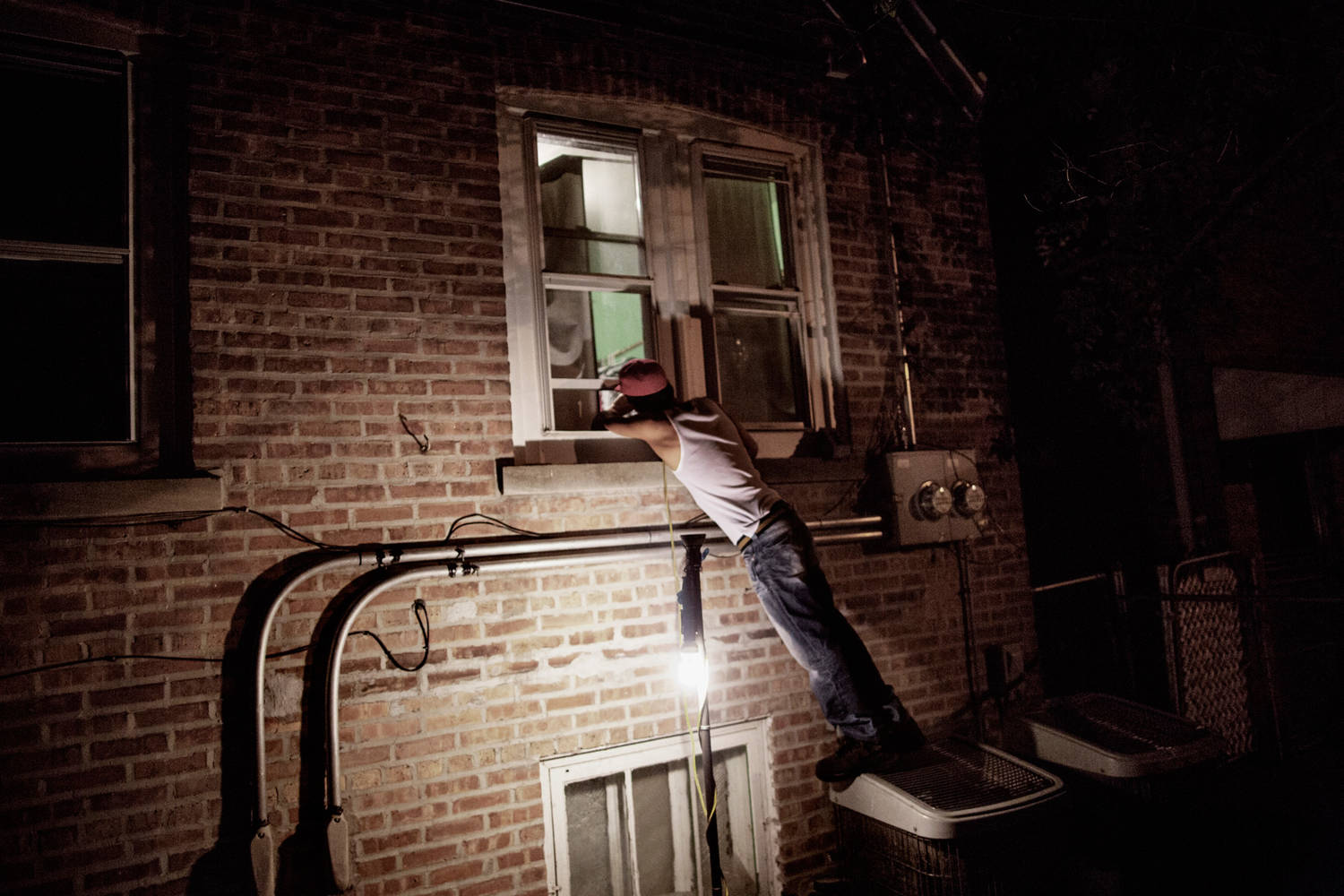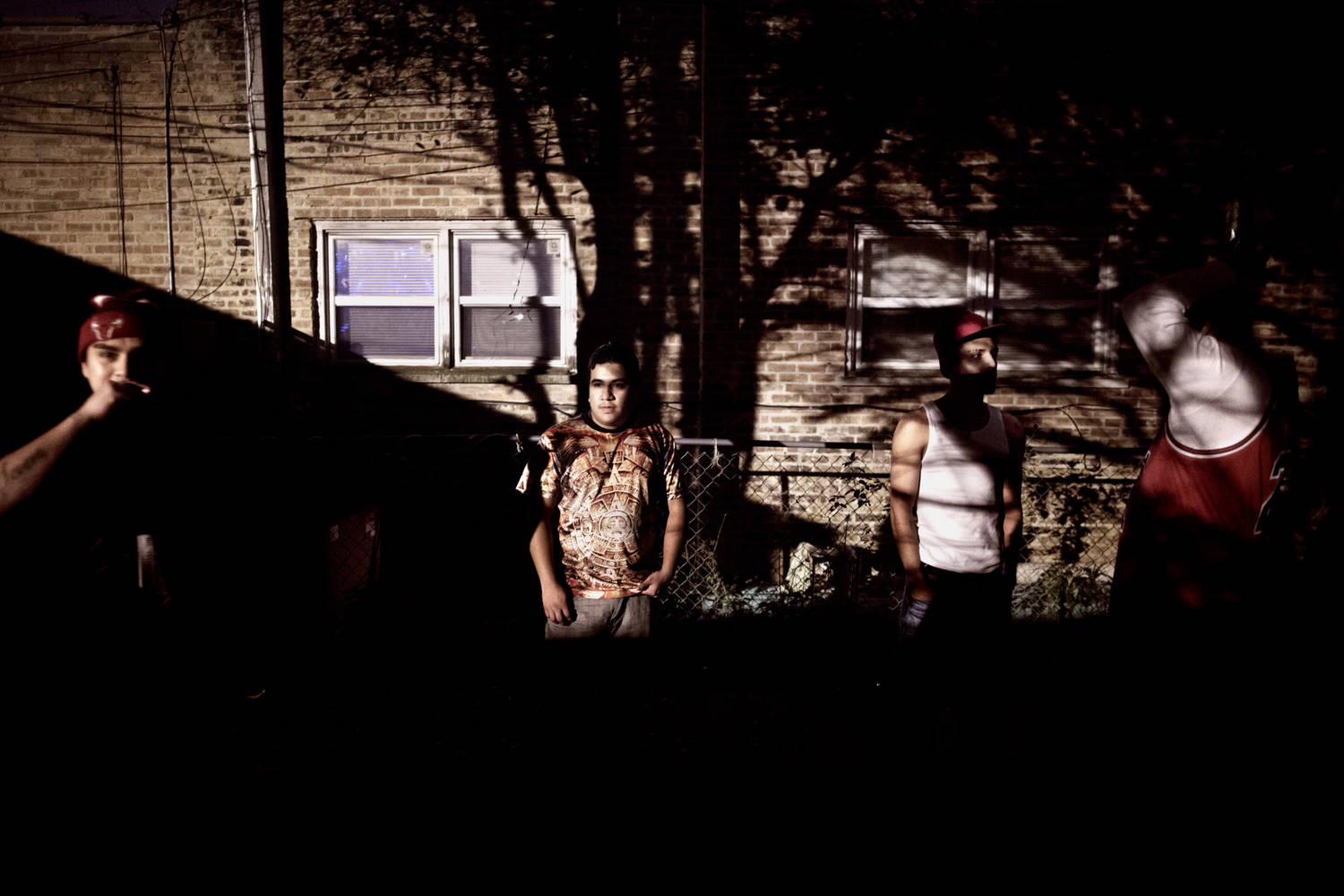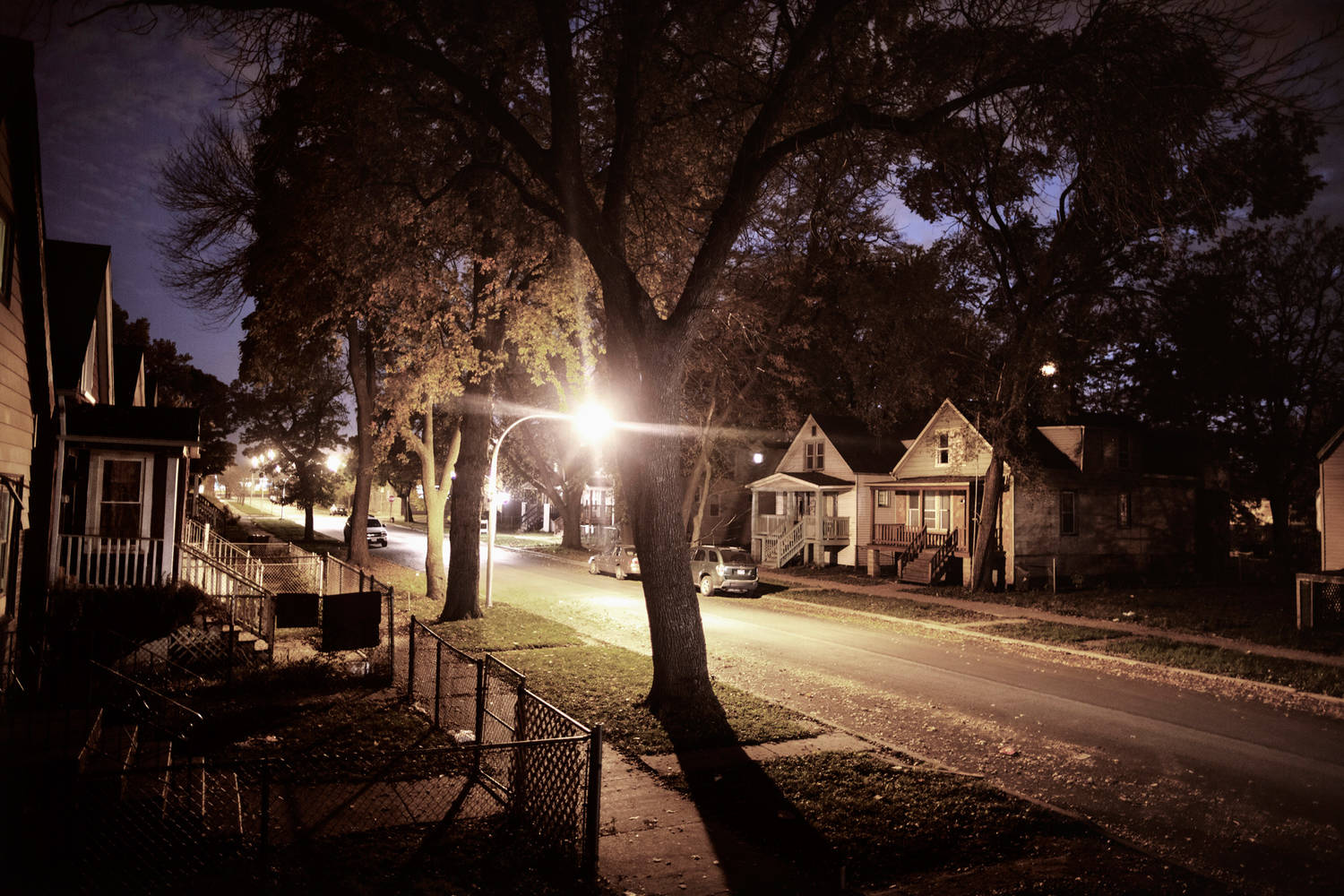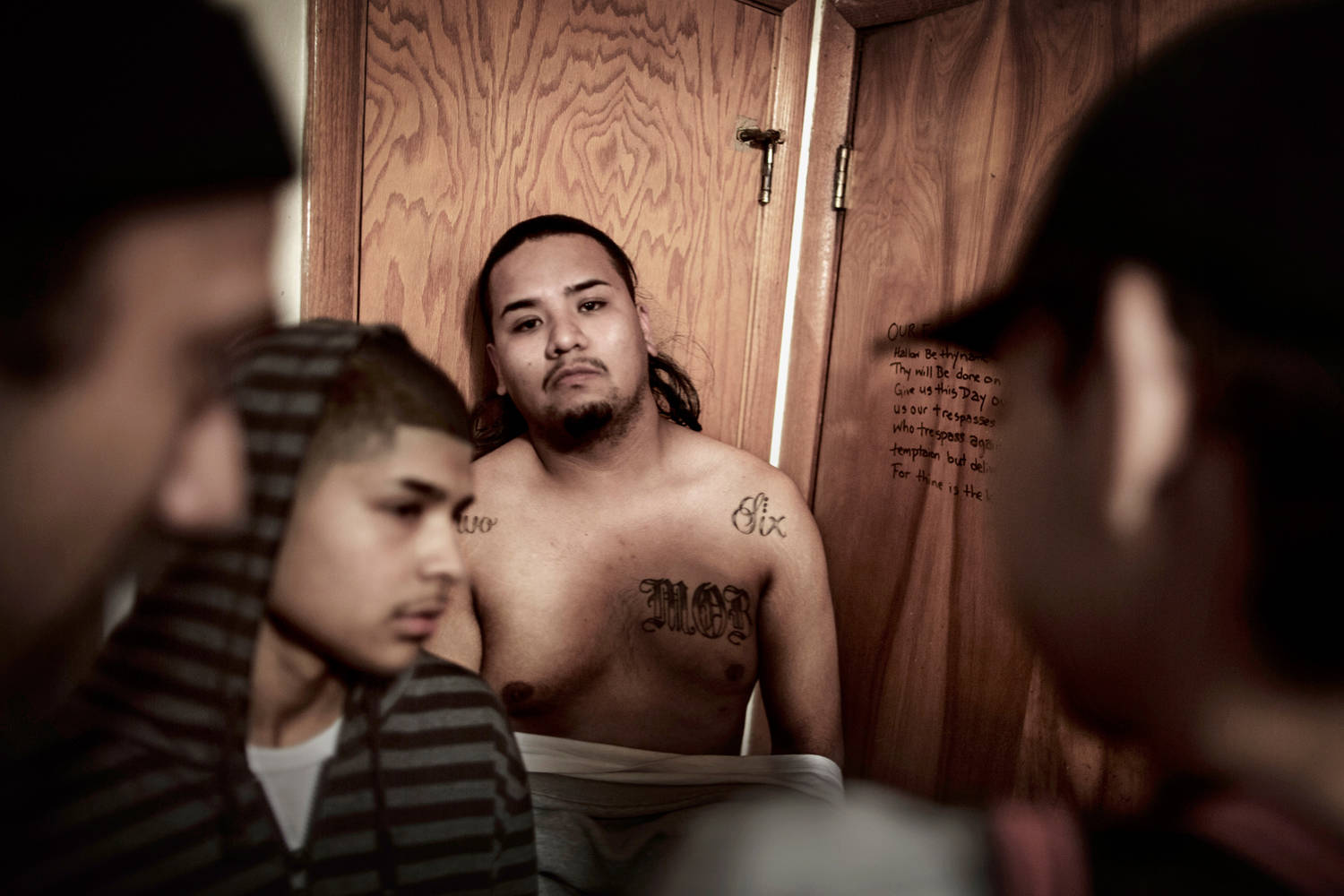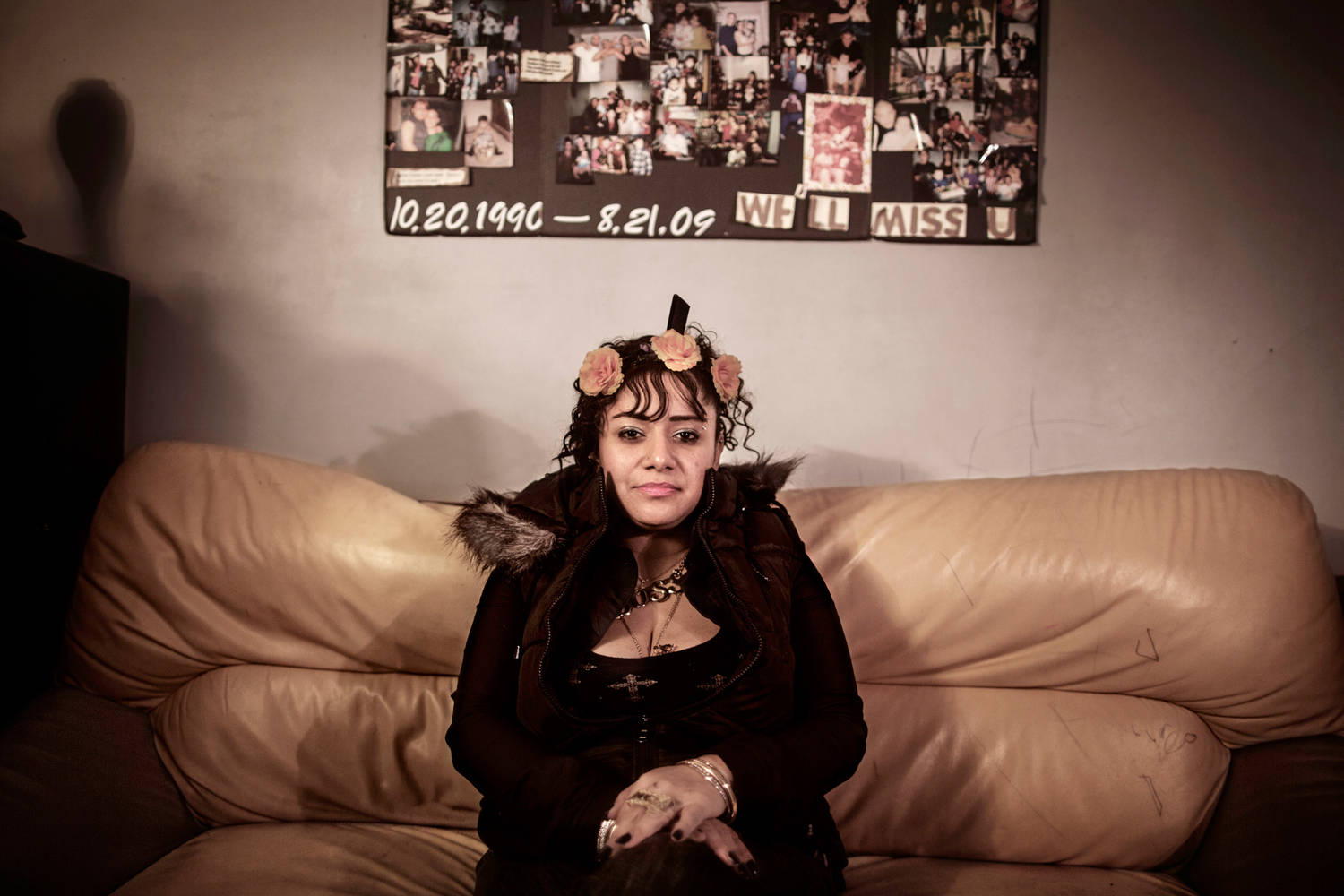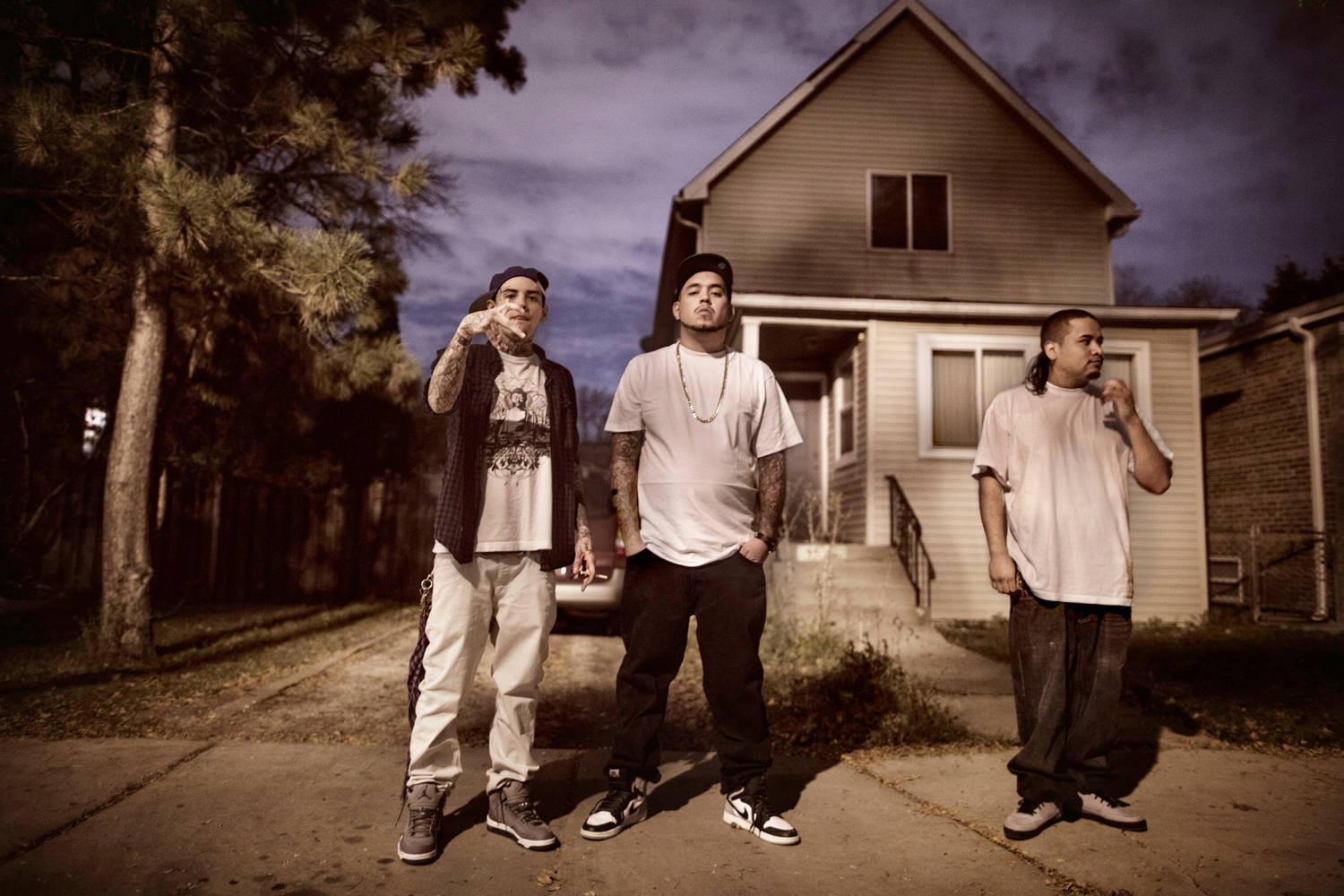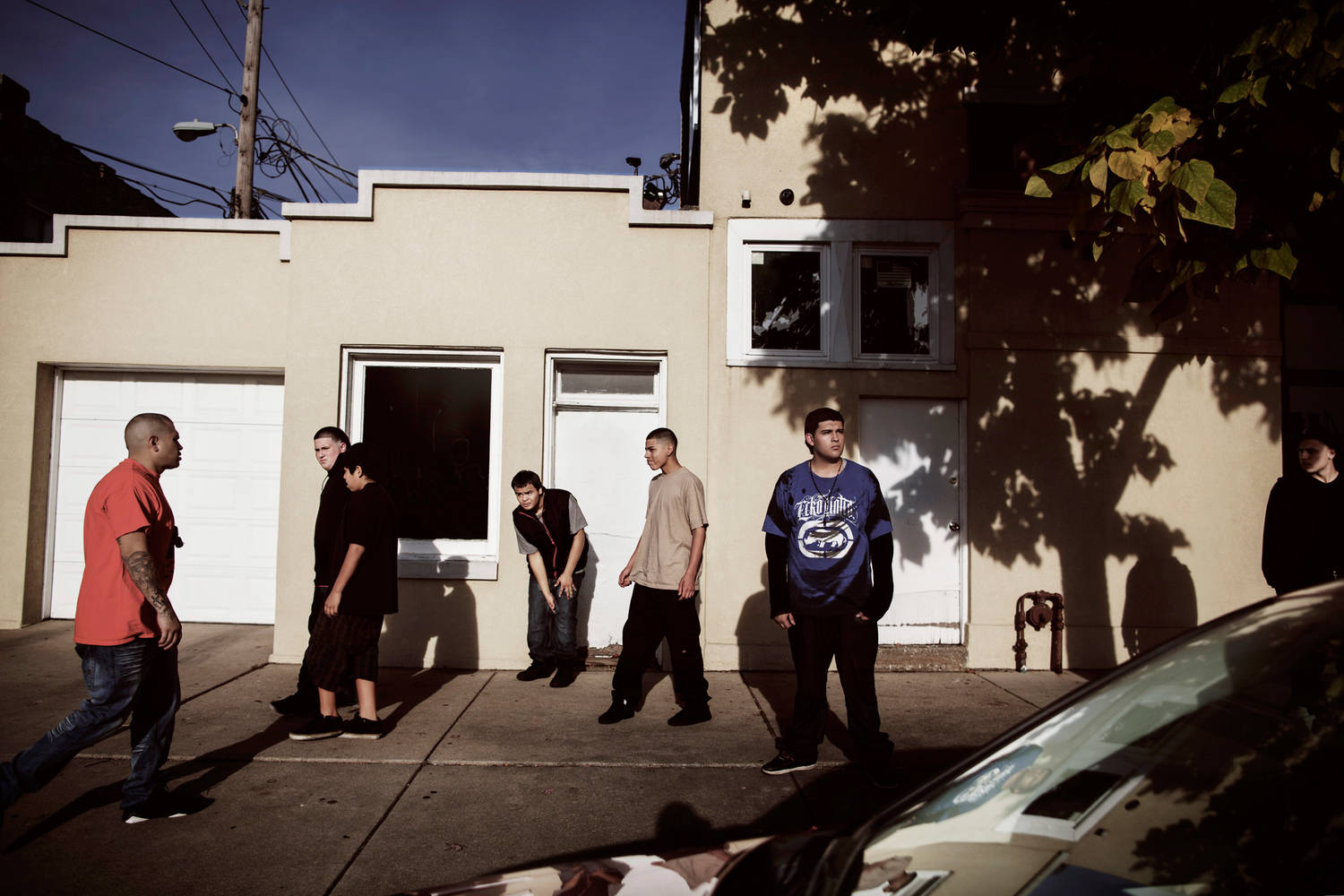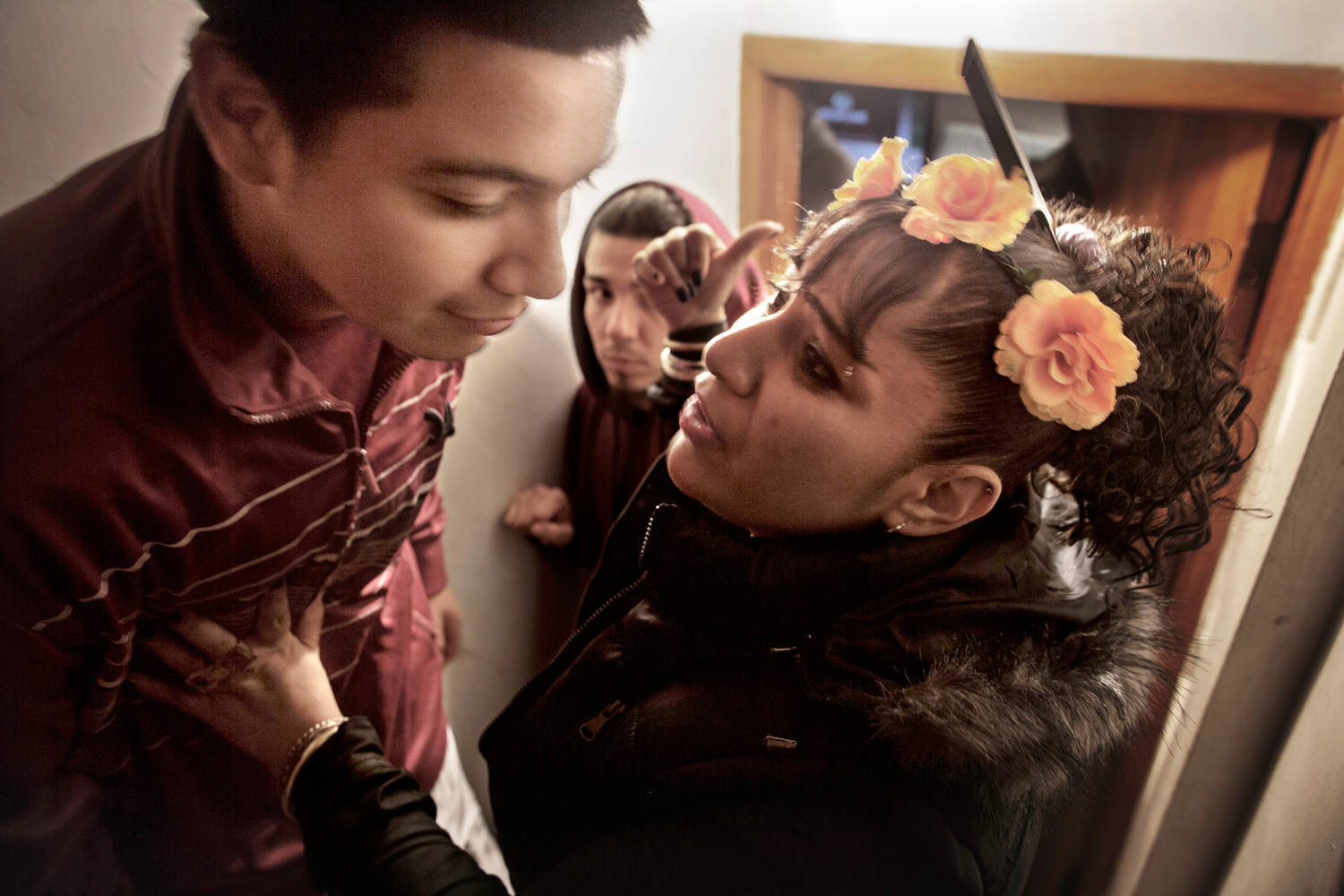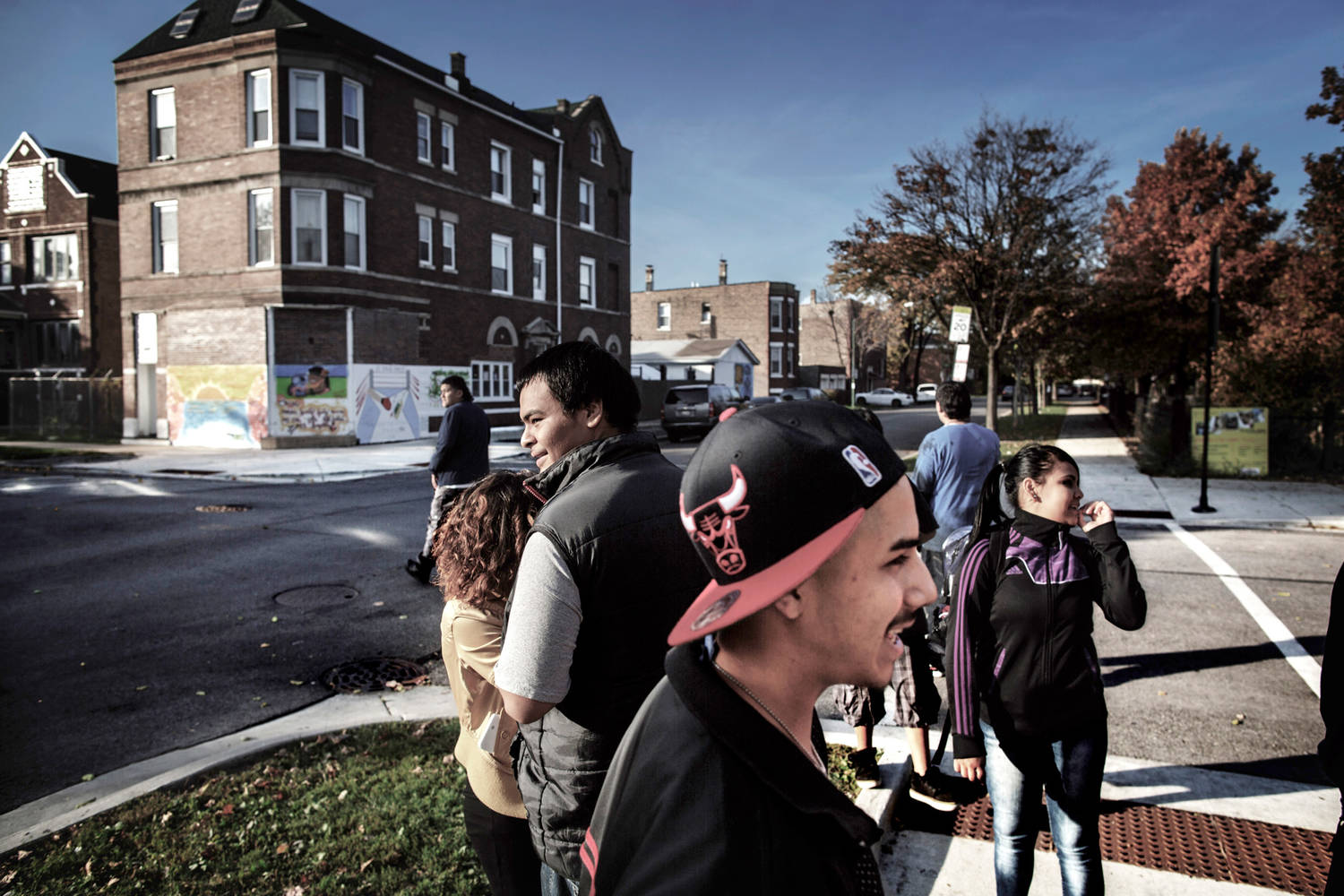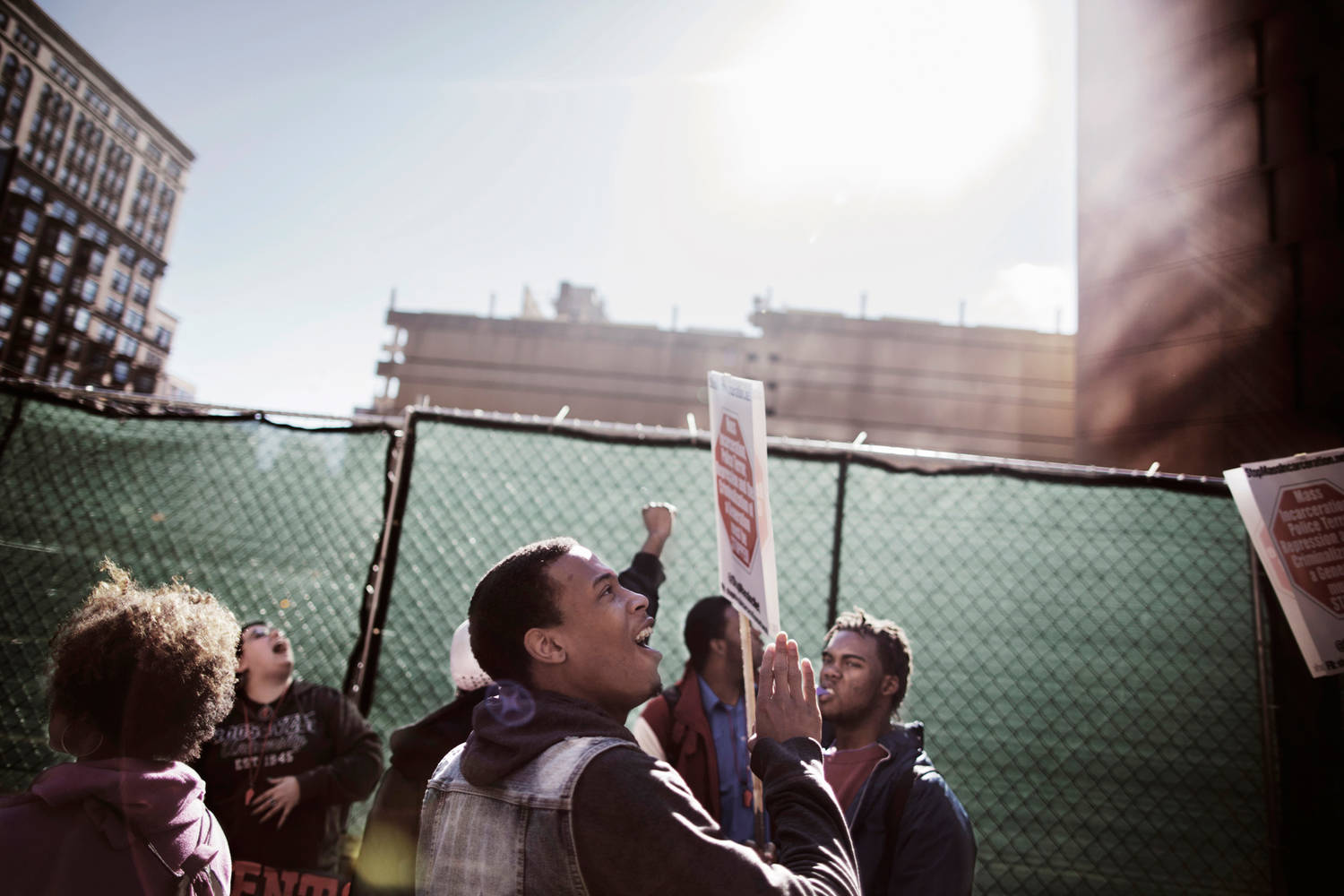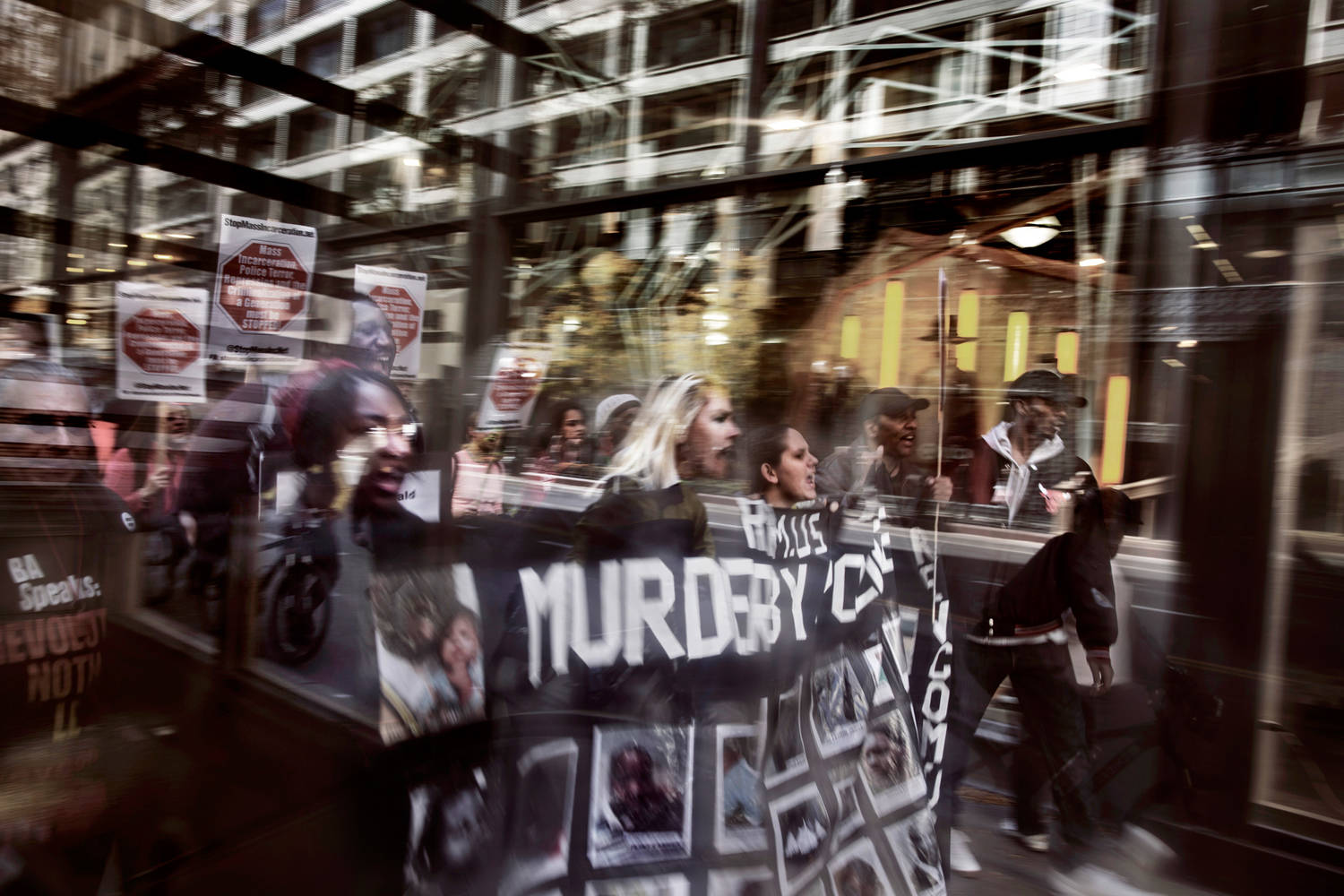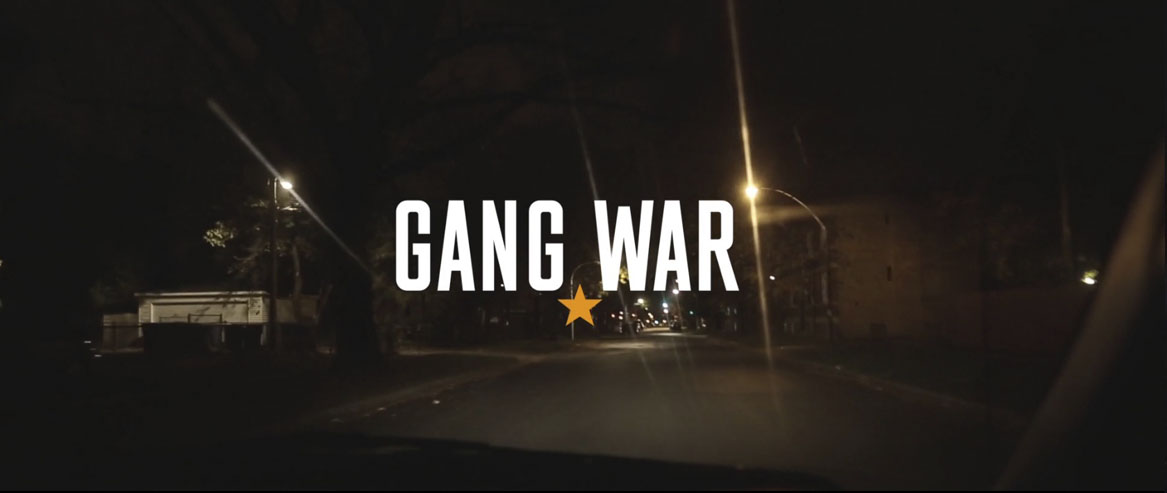Gangs of Chicago
Even though levels of violent crime in Chicago are down from their epidemically high rates of the early 70s and 90s, the city is battling a consistent scourge of violence that has seen it in the top three US cities with the most murders every year since 1985. Barack Obama’s home town recorded 2,436 shootings in 2014 to December with over 400 of them fatal.
In New York, a city with a population three times the size of Chicago’s, 332 murders were committed in 2013. The head of the Chicago Police Department Garry McCarthy, brought to the city by Mayor Rahm Emanuel in 2011, is committed to reducing violent crime and hopes to reach his target of the lowest homicide rate since 1956. In South Side Chicago, however, this can feel of little solace.
Chicago has a long history of violent crime. Legendary mafia boss Al Capone plied his illicit trade in bootleg alcohol here in the 1920s and 30s. Now, African American and Latin American gangs peddle drugs instead of alcohol. The Chicago Crime Commission’s ‘Gang Book 2012’ estimates that there are 150,000 gang members in Chicago, more than any other city in the United States.
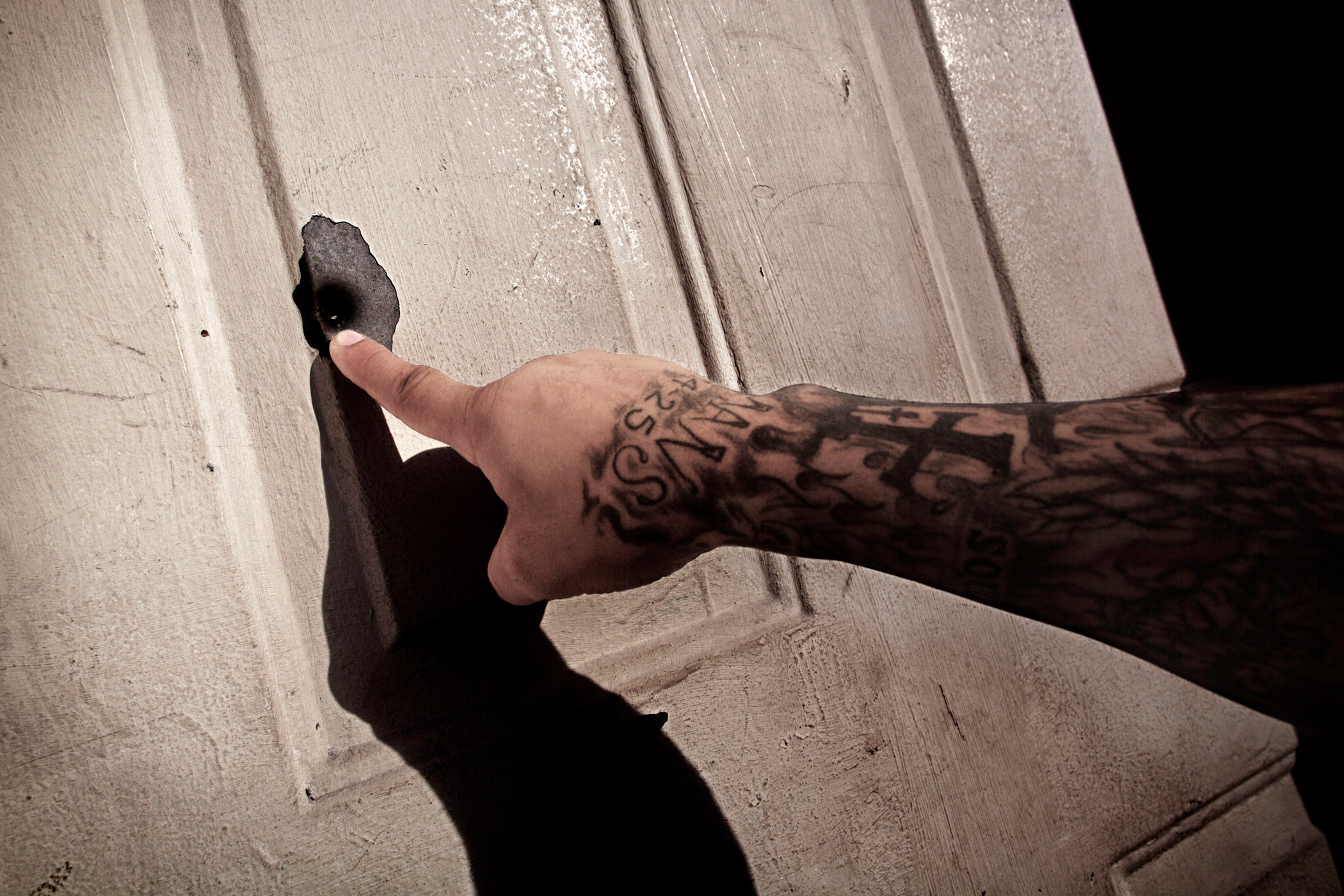
In poor neighbourhoods like Englewood, dealers hang out at gas stations and at liquor stories, selling drugs. A slow but steady decline of the population has led to widespread dereliction with streets lined with abandoned buildings.
It wasn’t always so. in the 1960s, Englewood and other parts of southern Chicago were affluent middle class suburbs but the city’s population has been shrinking for decades. Englewood has lost two thirds of its residents over the past 50 years and one in six houses stands empty. Foreclosures and the financial crisis have accelerated the depopulation leaving decimated communities, broken families, high rates of unemployment and little opportunity for the youth. For many young men, the lack of male role models makes gang membership very alluring.
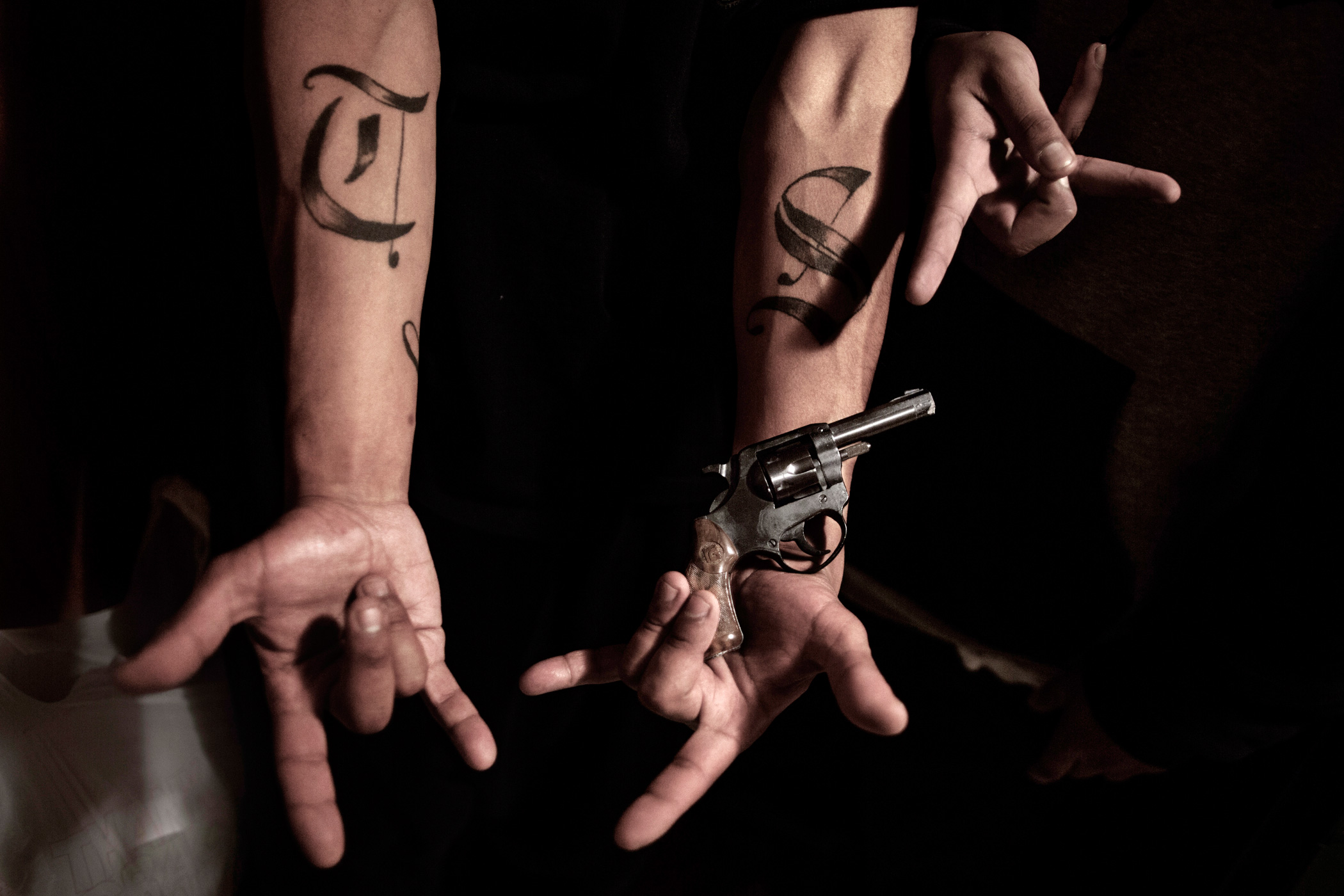
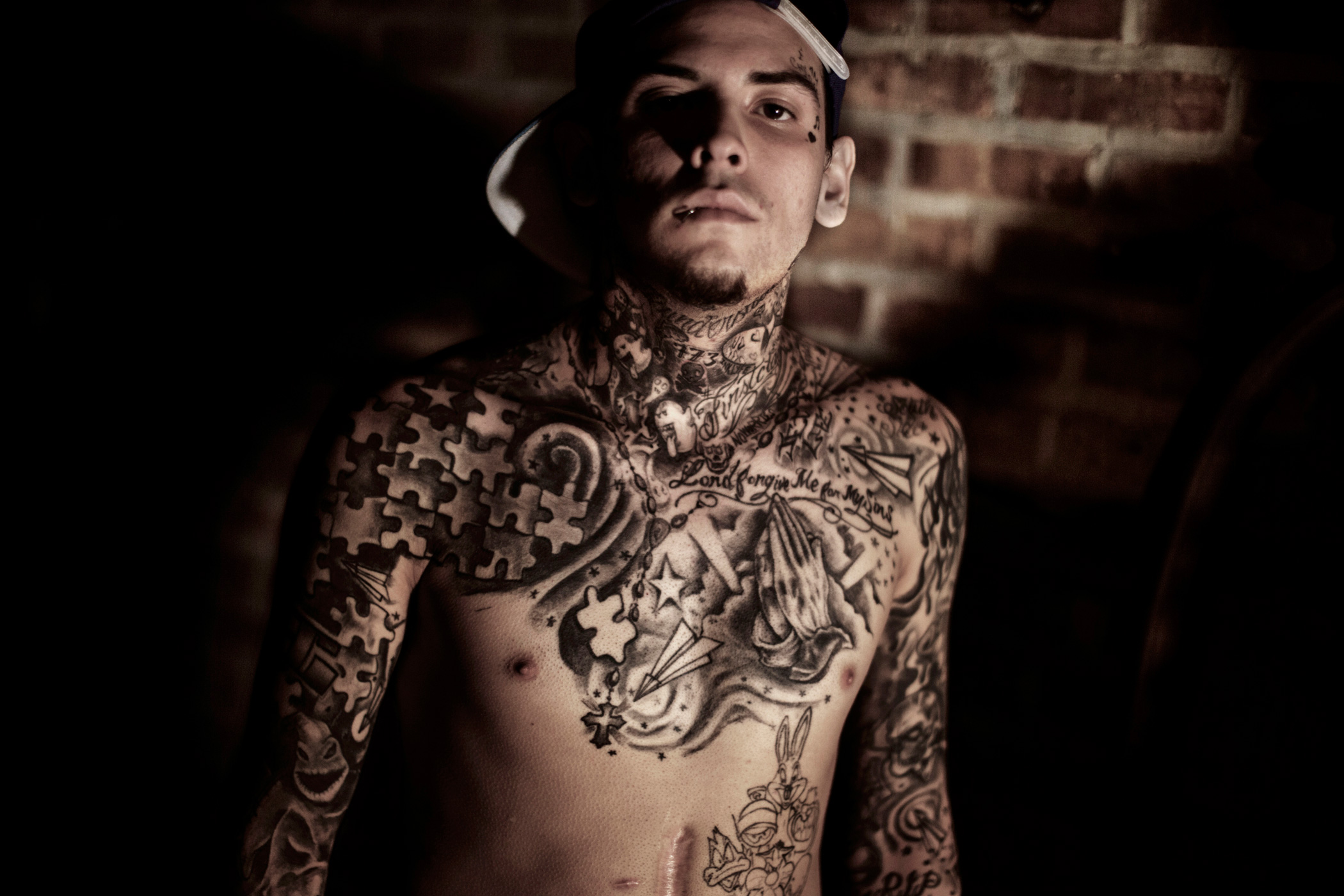
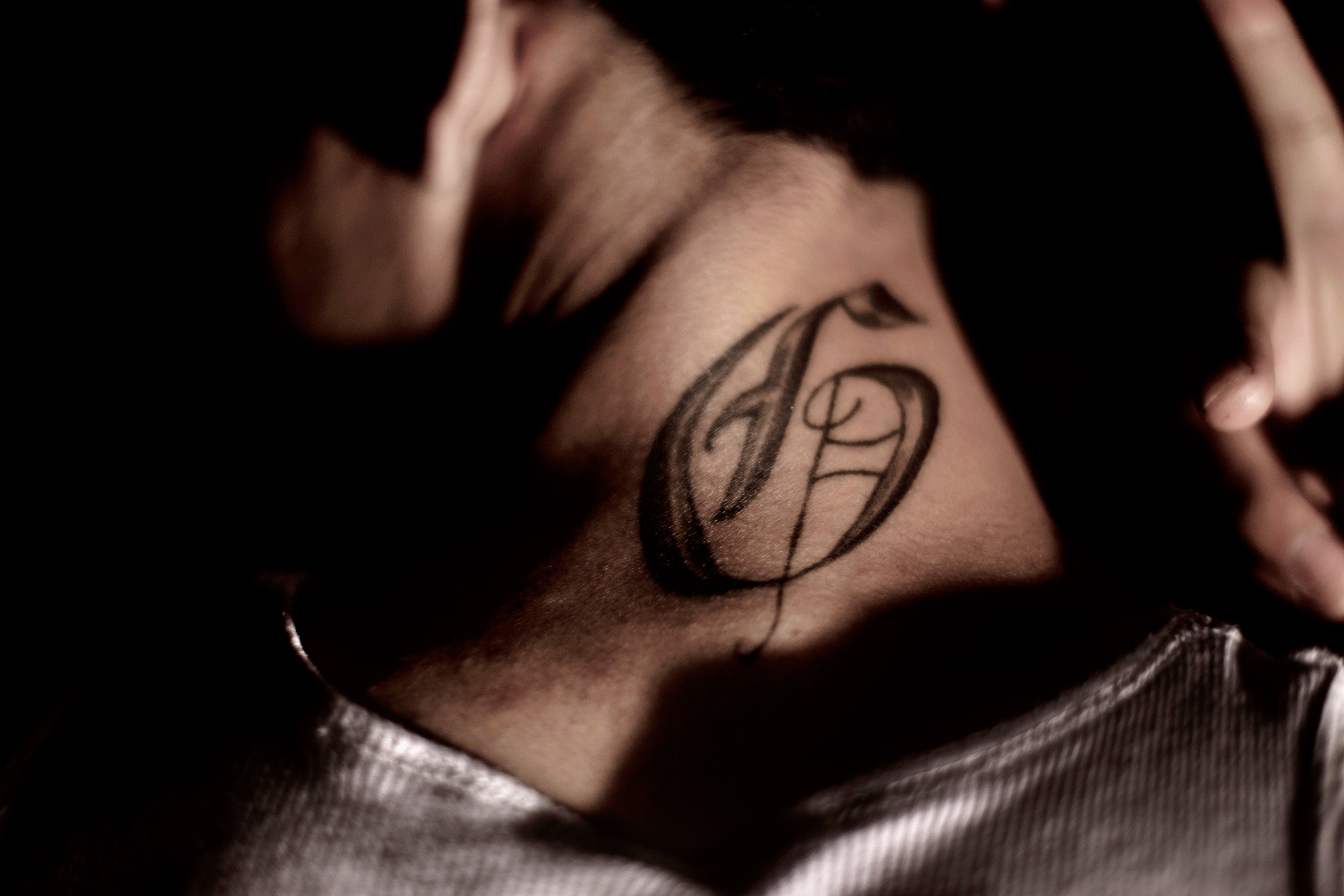
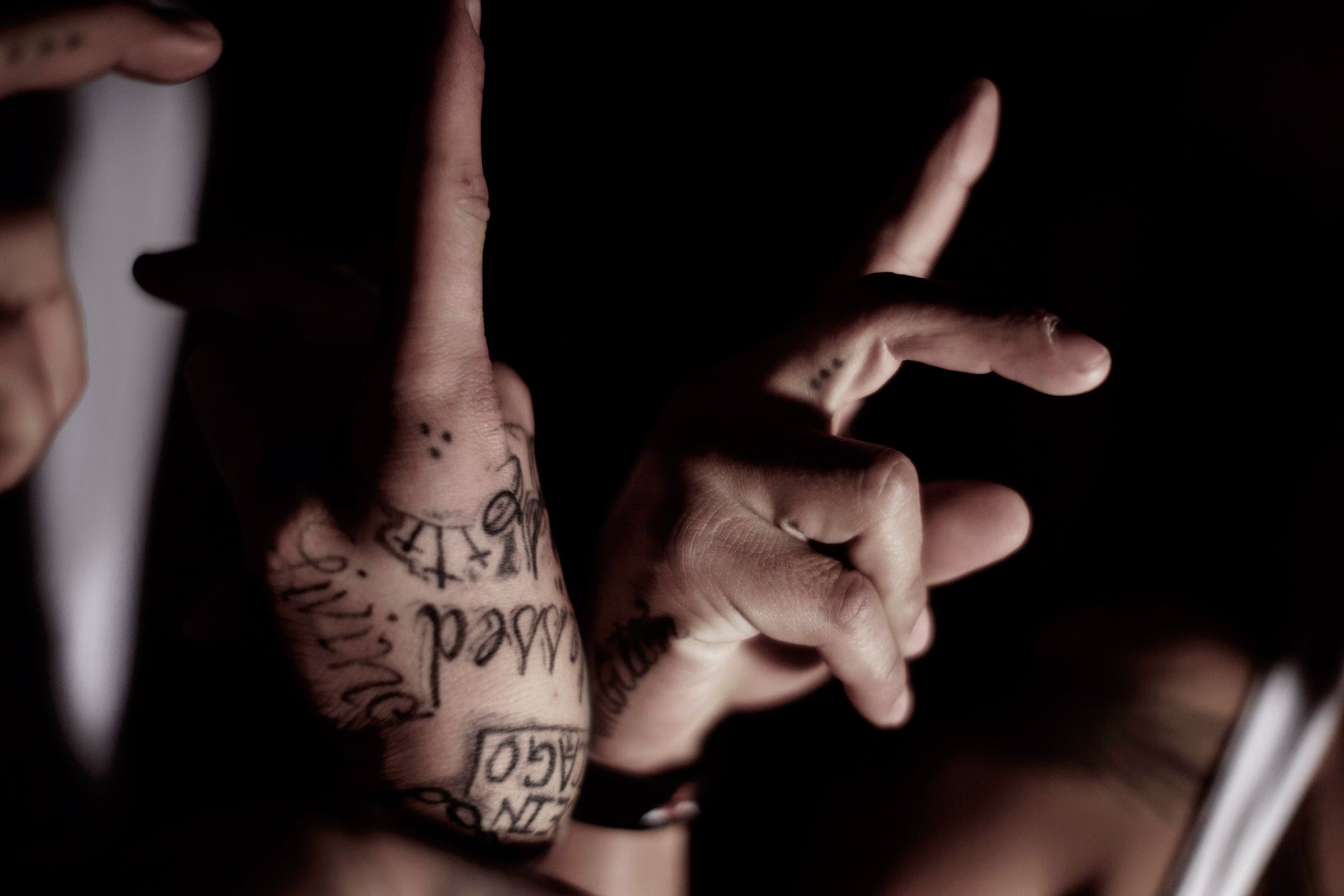
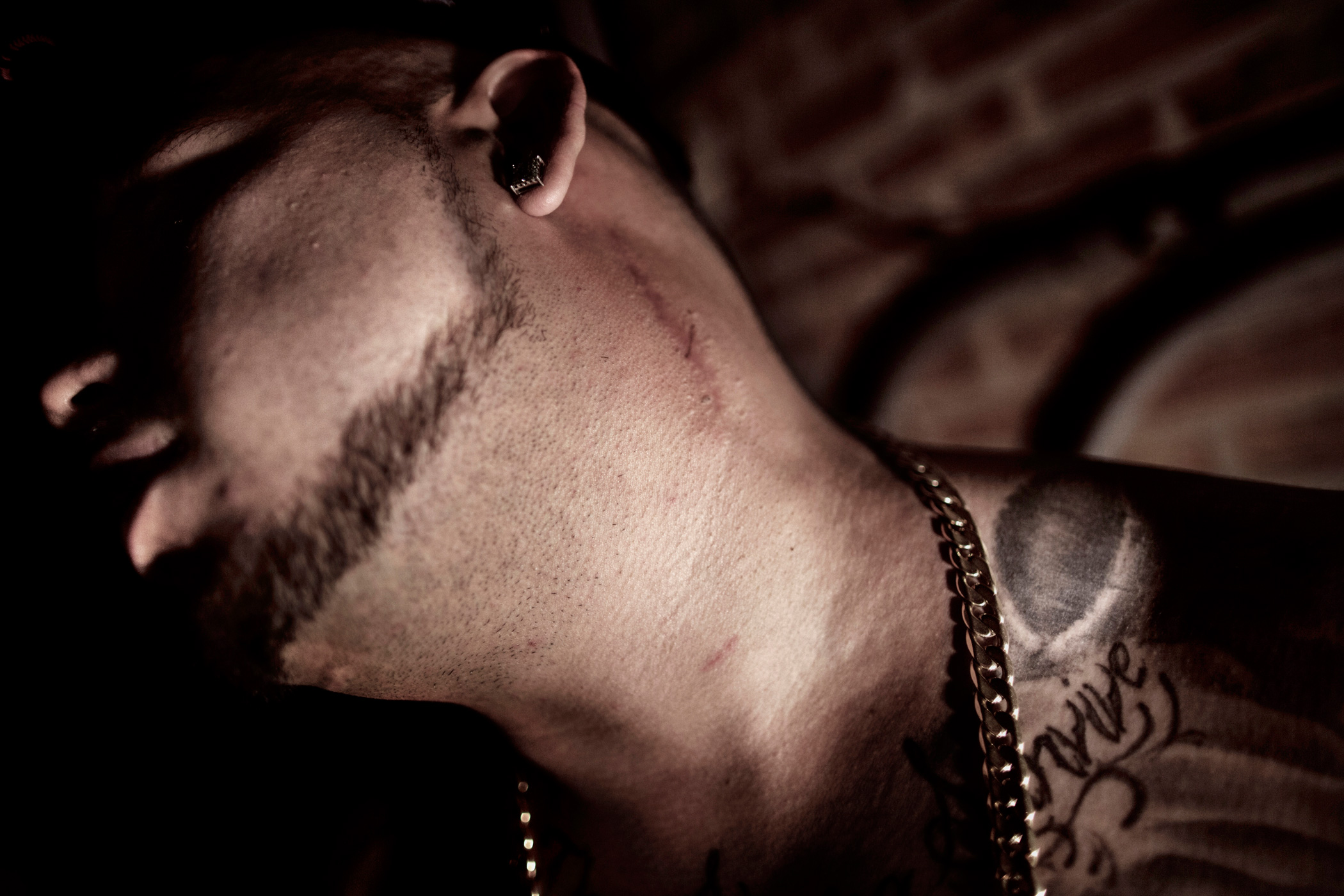
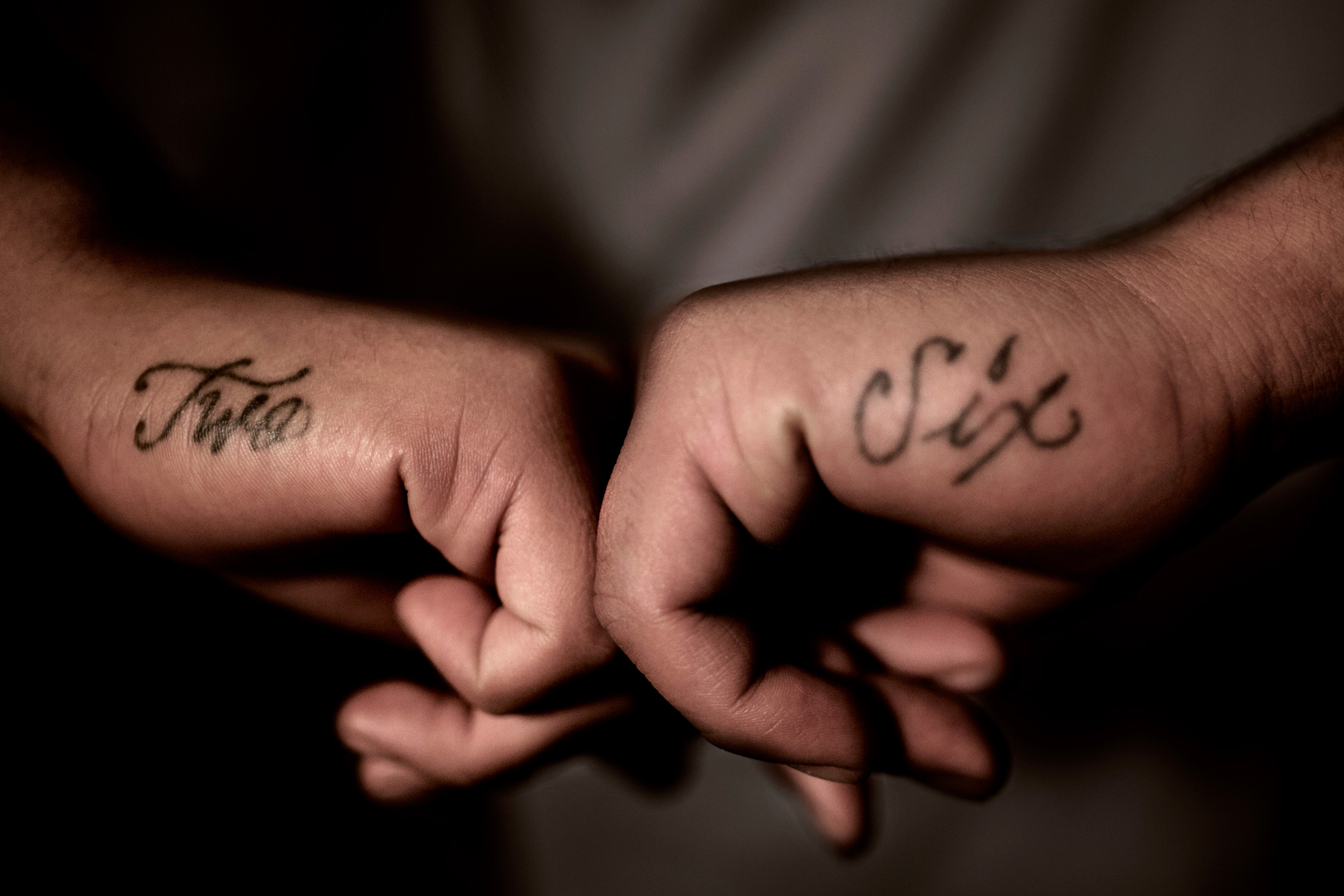
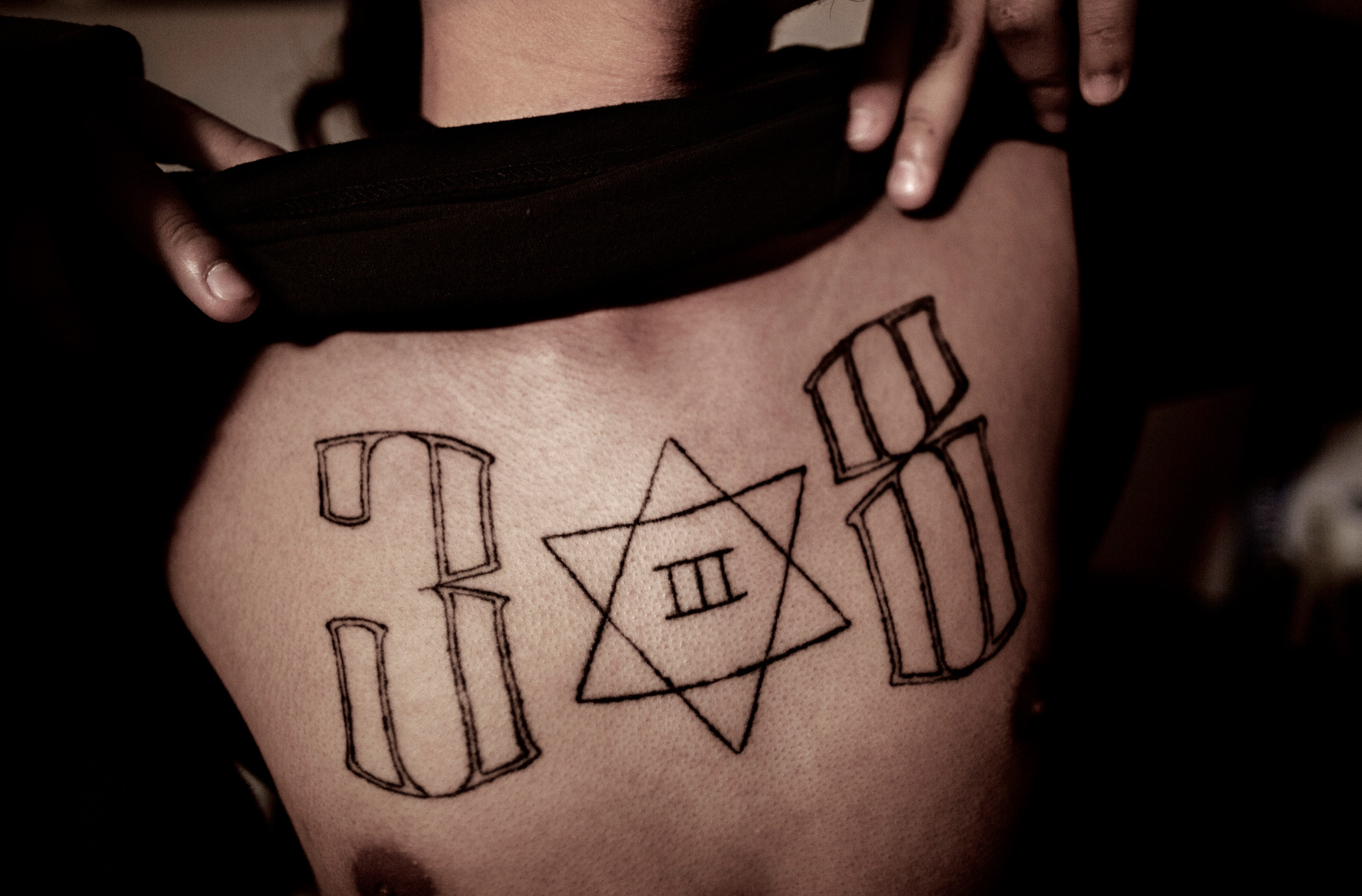
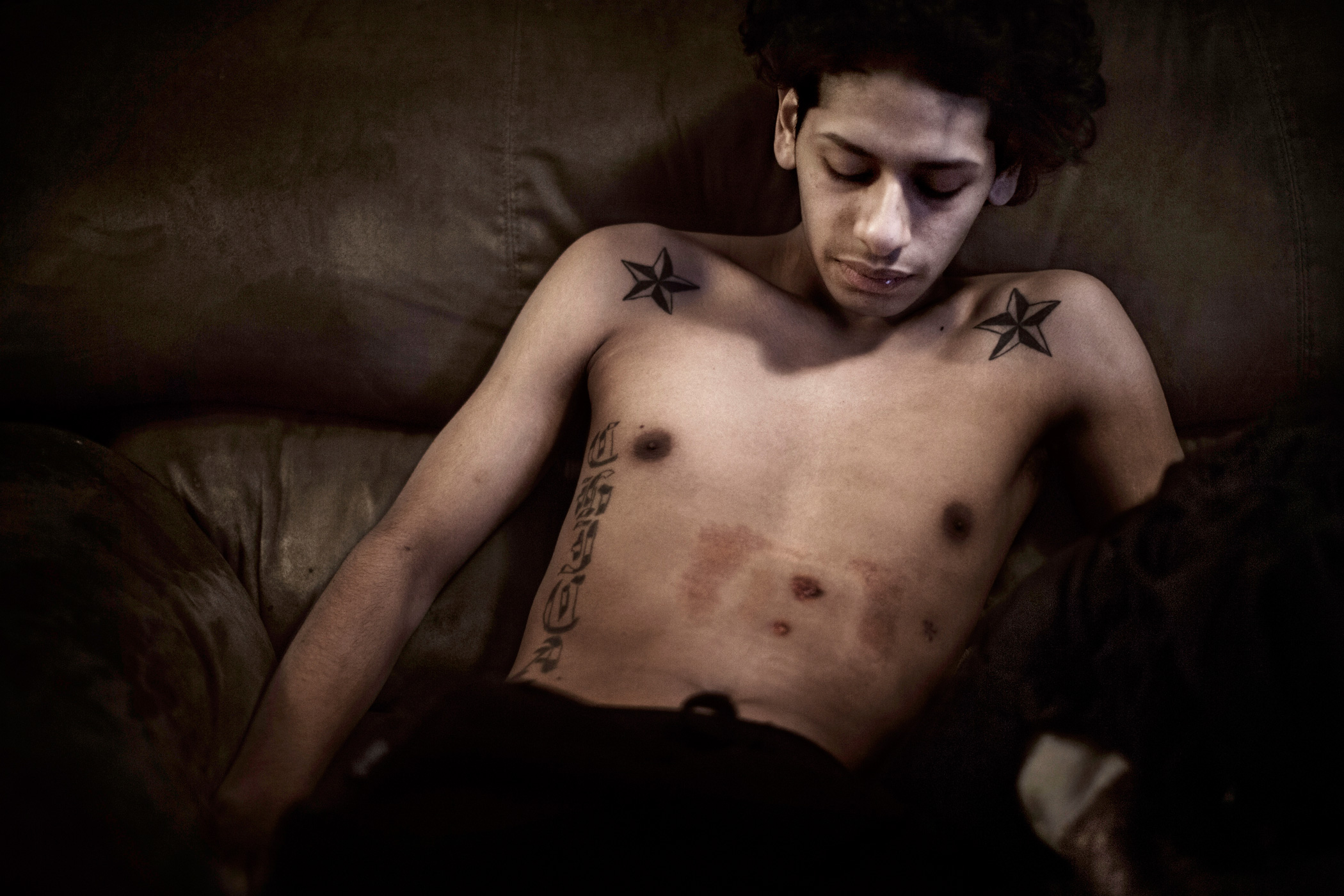
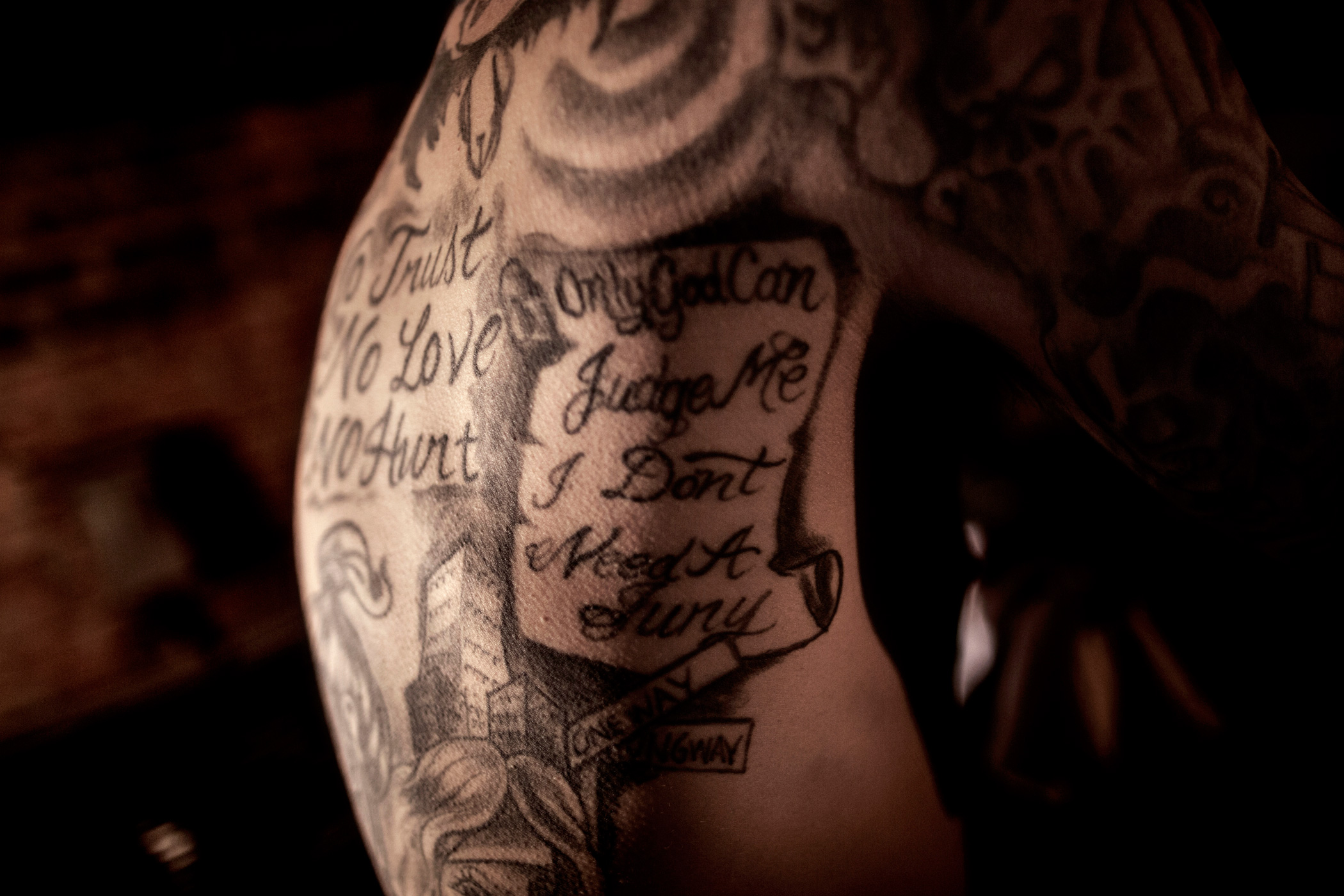
Members of the notorious Gangster 2-6 gang showing their scars and tattoos. Many of the gang’s tattoos are
gang symbols and slogans and memorials for dead friends.
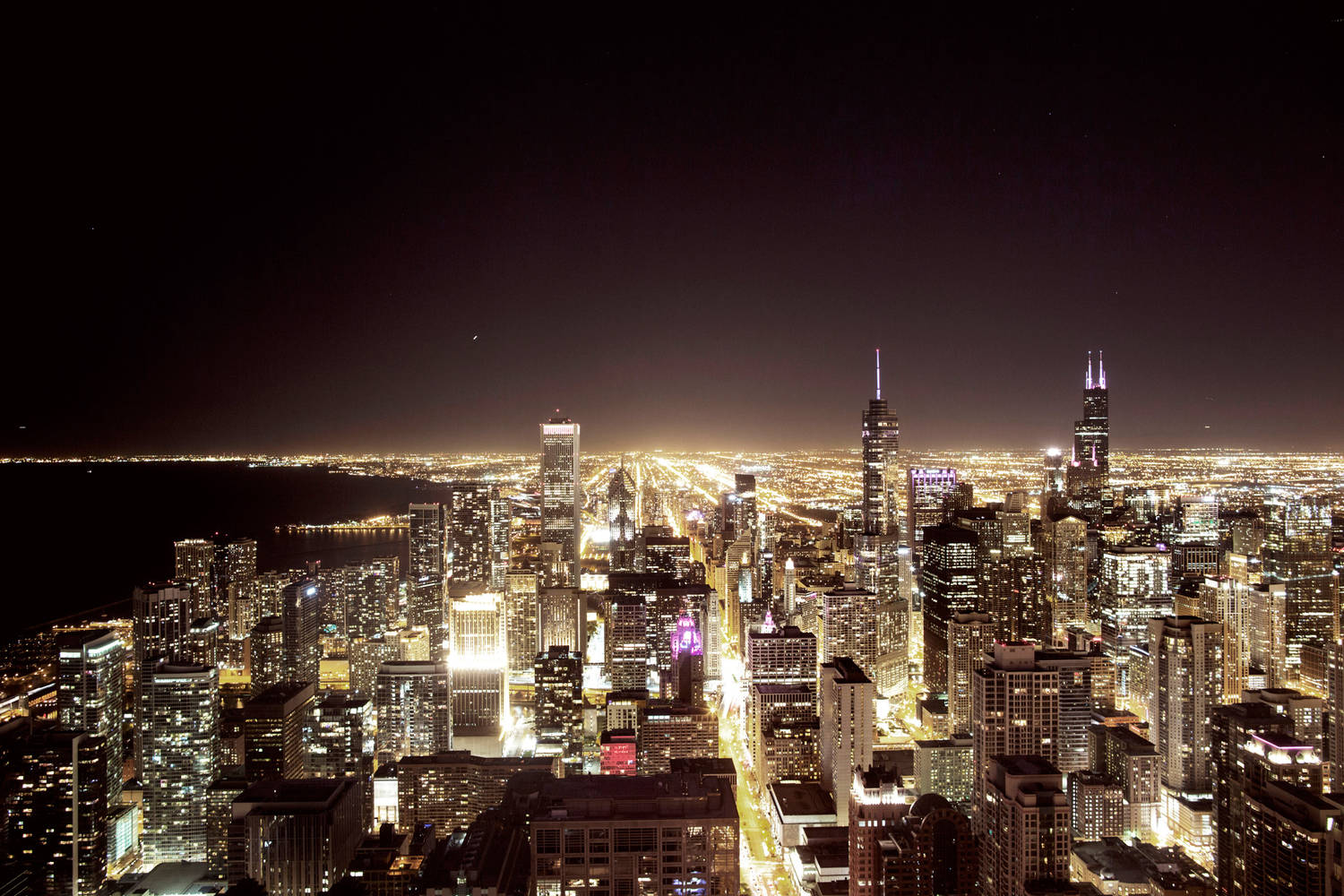
Chicago’s skyscrapers seen from the John Hancock building looking towards the South Side district.
The weekend of 4th of July is a national holiday in the US. in 2014, the city was rocked by a spate of shootings that shocked even hardened observers of Chicago’s violent streets. 82 people were shot in the space of the weekend, 14 people lost their lives including two boys aged 14 and 16. The city’s mayor made a speech in which he promised to step up measures to control Chicago’s street violence. New firearms legislation in August 2014 allowing the carrying of concealed firearms after going through 16 hours of training paradoxically brought the rate of gun violence down . Yet the high cost of securing the permit – around $ 650 – has led some to protest that the legislation is only for the benefit of white, middle class city dwellers, effectively ‘disarming’ the poorer black population.
Community groups like Cure Violence are trying a more grass roots approach to combating Chicago’s crime epidemic. On its website the organisation explains that it uses a “cutting edge disease control method to reduce violence” training “carefully selected members of the community … to anticipate where violence may occur and intervene before it erupts.”
In Chicago, the number of shootings have fallen noticeably in areas where Cure Violence projects operate. Some of the staff are former gang members, many have served time in prison. “We are not the police and we are not involved in police work” says Vanessa Sanchez, a community coordinator with Cure Violence. “We are out on the streets, catching up rumours and conflicts in progress and we attempt to mediate.”
Gangs of Chicago
Nine year old Tyshawn Lee was shot at the end of 2015 in Chicago’s South Side, an area with one of the highest murder rates in the US. He’s one of hundreds of victims of the city’s rampant gang culture who die every year.
“Chicago glorified violence since Al Capone. You think of Chicago you think of a gangster city.”

